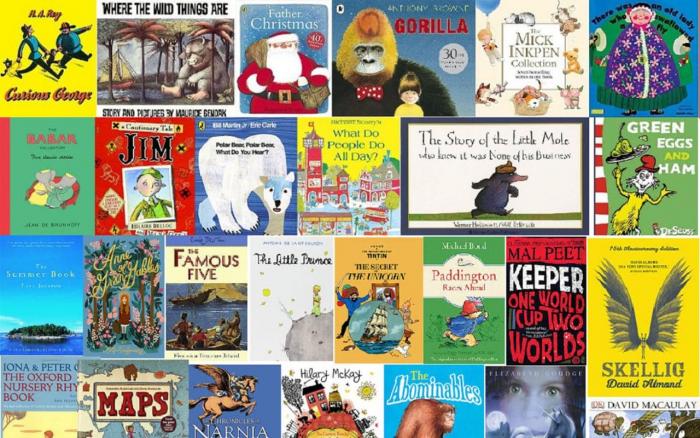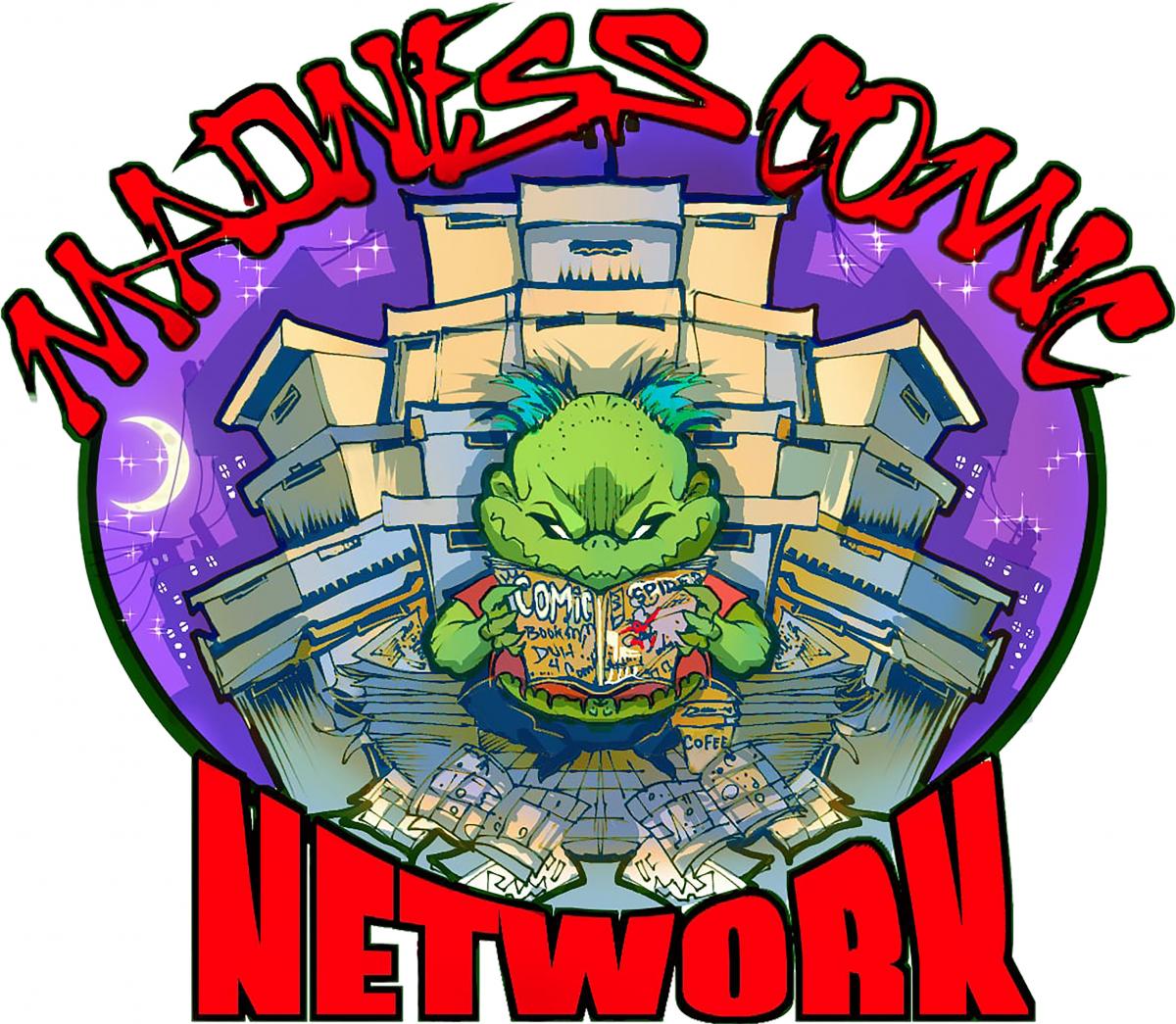A Guide to Writing a Children's Book
FTC Statement: Reviewers are frequently provided by the publisher/production company with a copy of the material being reviewed.The opinions published are solely those of the respective reviewers and may not reflect the opinions of CriticalBlast.com or its management.
As an Amazon Associate, we earn from qualifying purchases. (This is a legal requirement, as apparently some sites advertise for Amazon for free. Yes, that's sarcasm.)

Anyone out there has the potential to write a children’s book and with a little bit of advice and guidance, it can be a good one that is enjoyed by thousands of children. The steps involved in ensuring a children’s book is a success are listed below.
Find the best idea
Most writers of children’s books start off with an idea already in mind, although it often needs refining in order to make it a success. Do this by doing some research online and reading other children’s books that cover similar themes. However, it is important to make sure that it is different enough that it will attract people to pick it up and read it. One way of doing this is by including a plot twist or something that the reader would not necessarily expect to happen.
Develop the main characters
The best children’s books have characters in them that are unique and also relatable. They may have some sort of funny habit, they may look strange, they may talk differently to everyone else, or they may have some sort of quirk. In order to develop a great main character, there are a number of questions that should be asked, including what is their desire? Do they have any secrets? Are they an introvert or an extrovert? What makes them feel happy? Etc.
Write the correct length
Lots of writers get it wrong when it comes to the word count of their children’s book. In order to get this correct, it firstly needs to be established what the age range for the book is. The most common category of children’s book is for 3 to 7 year olds and for this age range the book should be no longer than 800 words in length. Any longer than that and the child is likely to lose interest in the story.
Start the story off quickly
In order to be a success and to be enjoyed by children, a book must start off quickly and grab the attention of the child. If it does not do that then they may begin to lose interest in it straightaway. For instance, if the story is about the character joining the circus, they should be doing this on either the first or second page and no later. There is no need to give a backstory or develop the situation, it is best to get right into things.
Establish what the main problem is
Every character needs to have a problem of some sort. This could be a crisis of confidence, or a person, or it could even be a mystery. The problem is there throughout the entirety of the story and is something that they will struggle with. However, they should overcome this problem in the end in order to inspire the reader. That being said, their problem should not be solved too easily and they should show some interest in actually overcoming it.
Use repetition throughout
Children enjoy repetition. Children enjoy repetition. Including some form of repetition is a sure fire way of ensuring that a children’s book is a success. After all, some of the most famous and well loved books for children, such as those from the Dr. Seuss series, are based all around repetition.
Write for illustrators
In order to make a children’s story a good one, it is important that the illustrator is set up for success. The best cartoon illustrators for hire can be found here. However, this is not something that most writers think about when in the process of developing their story, thus making things difficult for an illustrator when it comes to bringing the story to life. For instance, if a story is set within a house and only involves two characters, it may be difficult for an illustrator to make the images visually appealing. Where a good illustrator is used, they can really transform a story and make a book a sure fire success.
End the story quickly
After the problem has been resolved, it is important to end the story quickly after that. This should be done either on a single page or across two - no more than that. Because the problem is no more and the story is done with, there is no longer any tension for the reader and so they may lose focus and begin to pay less attention to it. Do them a favor by ending the book quickly once this has happened.
Decide on the title
The true essence of a story is often not fully released or established until it has been written. This is why it is best to decide on the title then. Whilst having a temporary title in place to begin with is fine, it may need to be changed later on down the line, once the book is finished. Revising or even completely changing the title of a book is fine and actually happens a lot with children’s books. It is important to remember that a book title is an important marketing tool and can be the difference between it being purchased or not. Some of the things that can be done to make a children’s book title stand out include using alliteration, not having a descriptive title, and using an action title.
Use an editor
Once a children’s book has been written, it then needs to be looked over by an expert editor who will be able to make amends and improve it. When it comes to editing, there are two different types, there are copy editors and development editors. When looking for an editor it is important to make sure that they have lots of experience, can provide examples of their previous work, have positive feedback from previous clients, and are a member of some sort of authoritative body, such as the Society of Children’s Book Writers and Illustrators. The cost of editors can vary greatly and the best ones are not always the most expensive ones.


